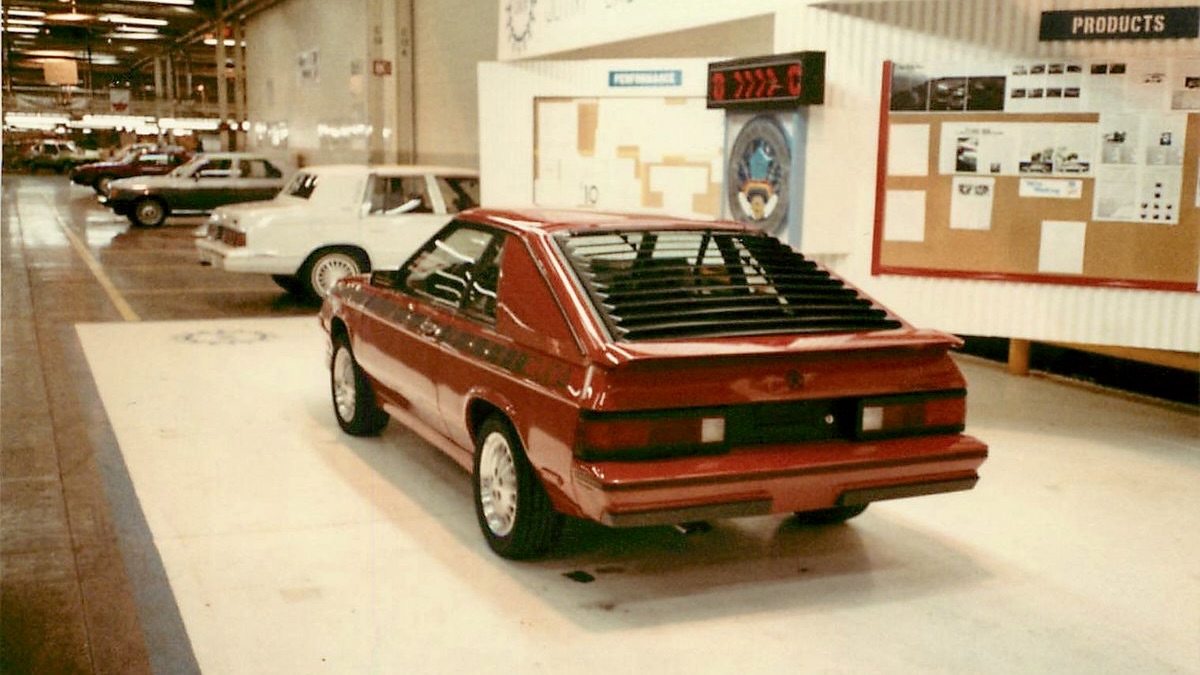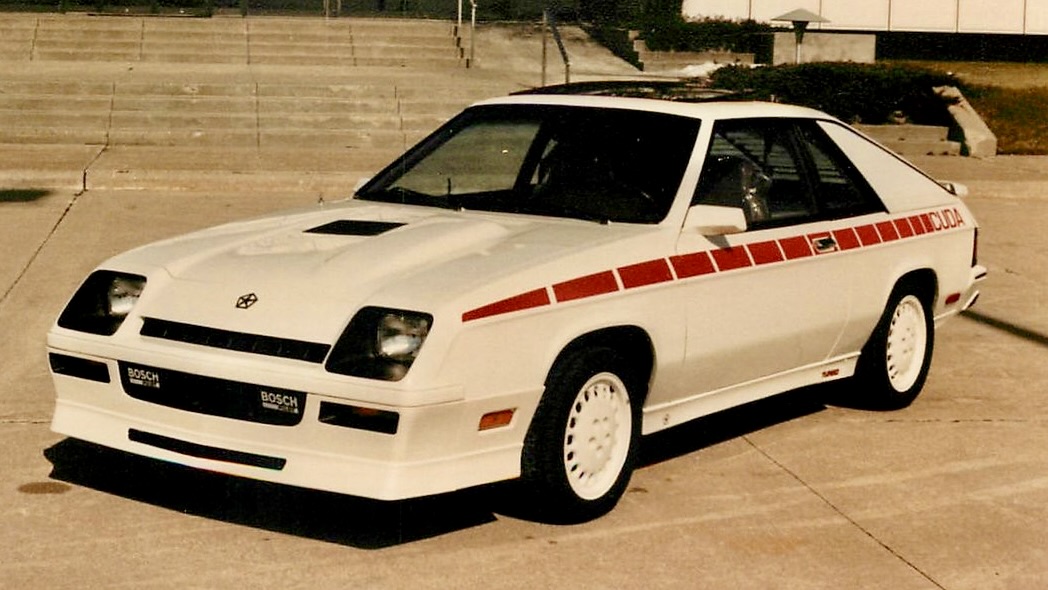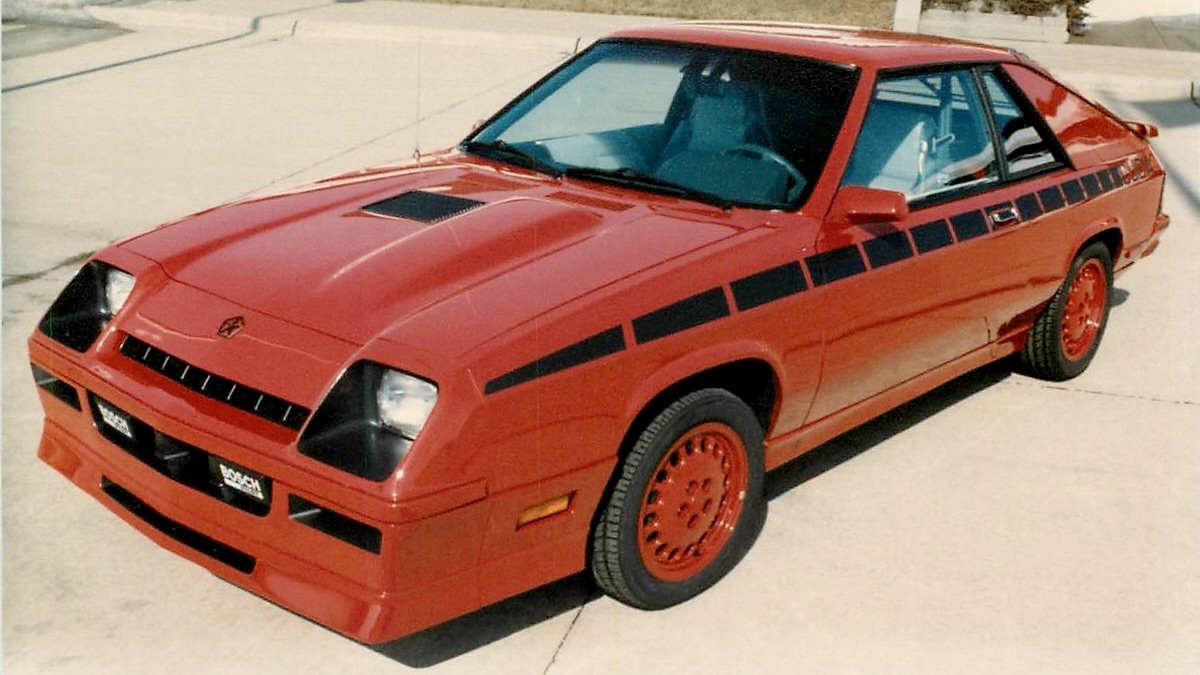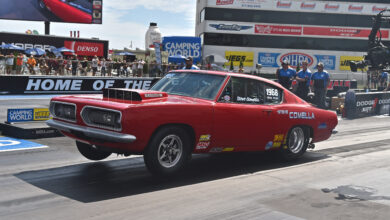The 1985 Plymouth Barracuda stands out as one of the rarest vehicles ever produced. Only two units were built, and only one is known to have survived. This elusive classic has become a focal point of automotive enthusiasts’ discussions, particularly after a recent video on the Auto Archaeology YouTube channel delved into its fascinating backstory.
The Birth of the 1985 Plymouth Barracuda –

In January 1985, Chrysler’s Belvidere Assembly Plant initiated an ambitious project to create a performance car under the Plymouth brand, drawing inspiration from the success of the Dodge Shelby Chargers. The goal was to develop a Plymouth counterpart that would harness the popularity of the sporty Dodge GLH and Shelby Charger models.
A team of eight fresh engineers was tasked with this project, one of whom had a keen interest in the classic Plymouth Barracuda and Challenger E-Body models. They decided to use the Plymouth Turismo as the foundation, creatively combining components from the Shelby Charger and parts listed in the Mopar Performance catalog. This ambitious endeavor aimed to capture the essence of the Barracuda name, which is known for its performance and sporty appeal.
The Design and Features –

Both prototypes were crafted with care, featuring elements that reflected the iconic design of earlier Barracuda models. The vehicles sported rear spoilers, window louvers, and fog lamps, cleverly designed using available components to mimic the look of the original ‘Cuda. The red and white Barracudas were outfitted with G-Body wheels and unique trim, but the real highlight was the Chrysler turbocharged 2.2-liter inline-four-cylinder. The Shelby Charger with this engine produced 146 horsepower and featured a Garrett AiResearch T3 turbo and Chrysler/Bosch multi-point fuel injection. These two cars were the only G-Body Plymouths to feature a turbo engine under the hood.
Despite these exciting features, the project faced a significant setback. Upon learning that parts from the Shelby Charger were being utilized, the legendary car designer Carroll Shelby halted the project entirely. Shelby believed that the Plymouth brand should not adopt Dodge’s performance enhancements, leading to the premature cancellation of the Barracuda project.
The Fate of the Two Prototypes –

Following the cancellation, the two prototypes were quietly moved on. One of them was donated to a trade school in Ohio, while the other found its way into the possession of the current owner’s father, who kept it in excellent condition in a garage instead of letting it become a “barn find.”
Sadly, rumors surrounding the fate of the red Barracuda persist, with some suggesting it may have been crushed or hidden away, while others believe it still exists, albeit in secret.
Current Status and Collector Interest –

The surviving Plymouth Barracuda has generated considerable interest among classic car collectors and enthusiasts. Its odometer reads approximately 37,000 miles, indicating how little it has been driven since its creation. The car remains in remarkable condition.
The allure of the 1985 Plymouth Barracuda lies in its rarity and unique story, which highlights a time when automotive manufacturers took risks to push the boundaries of performance. The blend of engineering innovation and a compelling backstory has solidified its place in automotive history, making it a treasure among car enthusiasts.
Conclusion –

The saga of the 1985 Plymouth Barracuda reminds us of the fleeting nature of automotive innovation and the stories behind rare vehicles. As collectors and enthusiasts continue to seek out these unique gems, the tale of the Plymouth Barracuda remains a significant chapter in the history of American muscle cars. For those interested in learning more about this captivating story, check out the detailed exploration in the latest Auto Archaeology video posted above.
Source: Auto Archaeology and Hamtramck-Historical








2 replies
Loading new replies...
Join the full discussion at the Mopar Insiders Forum →